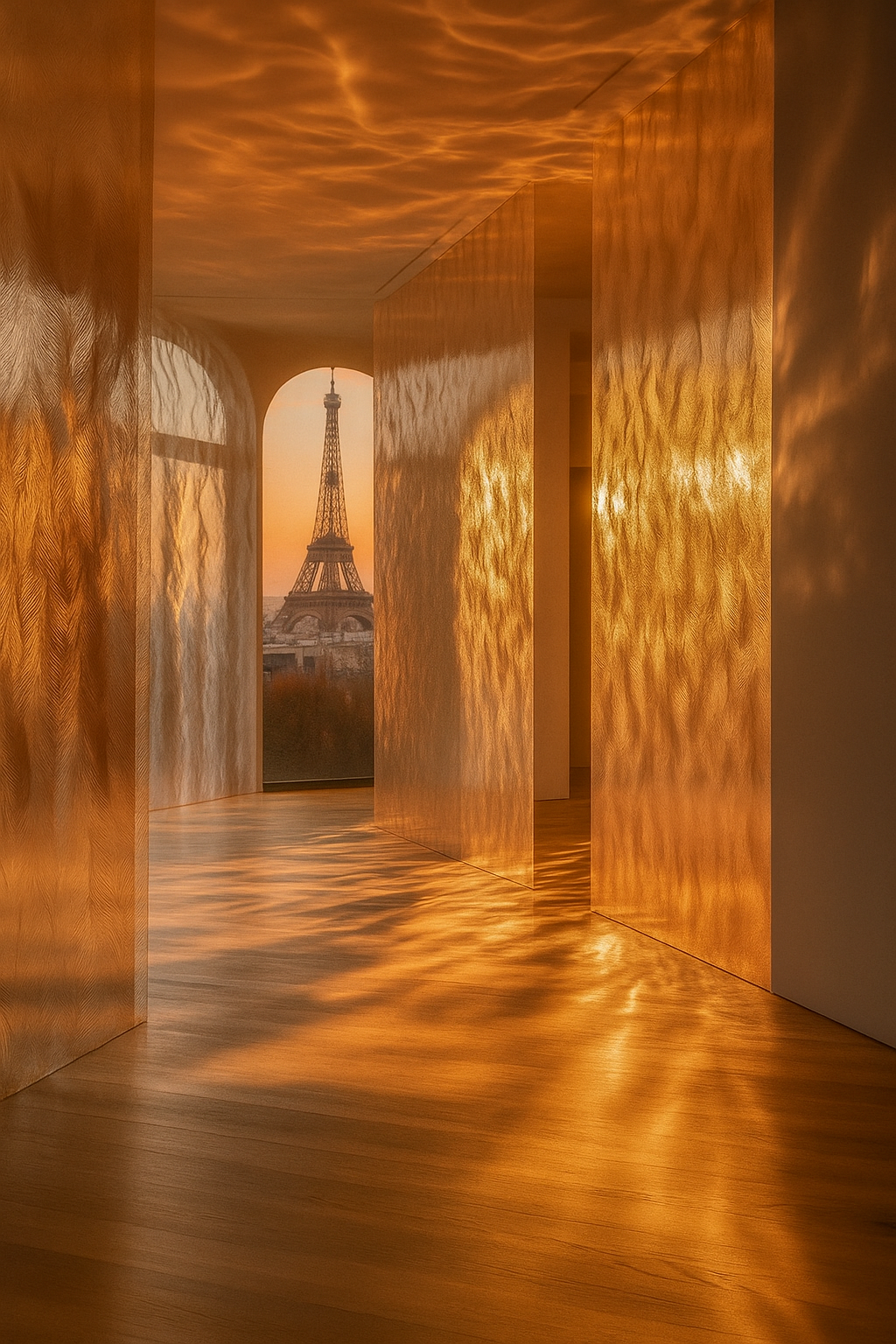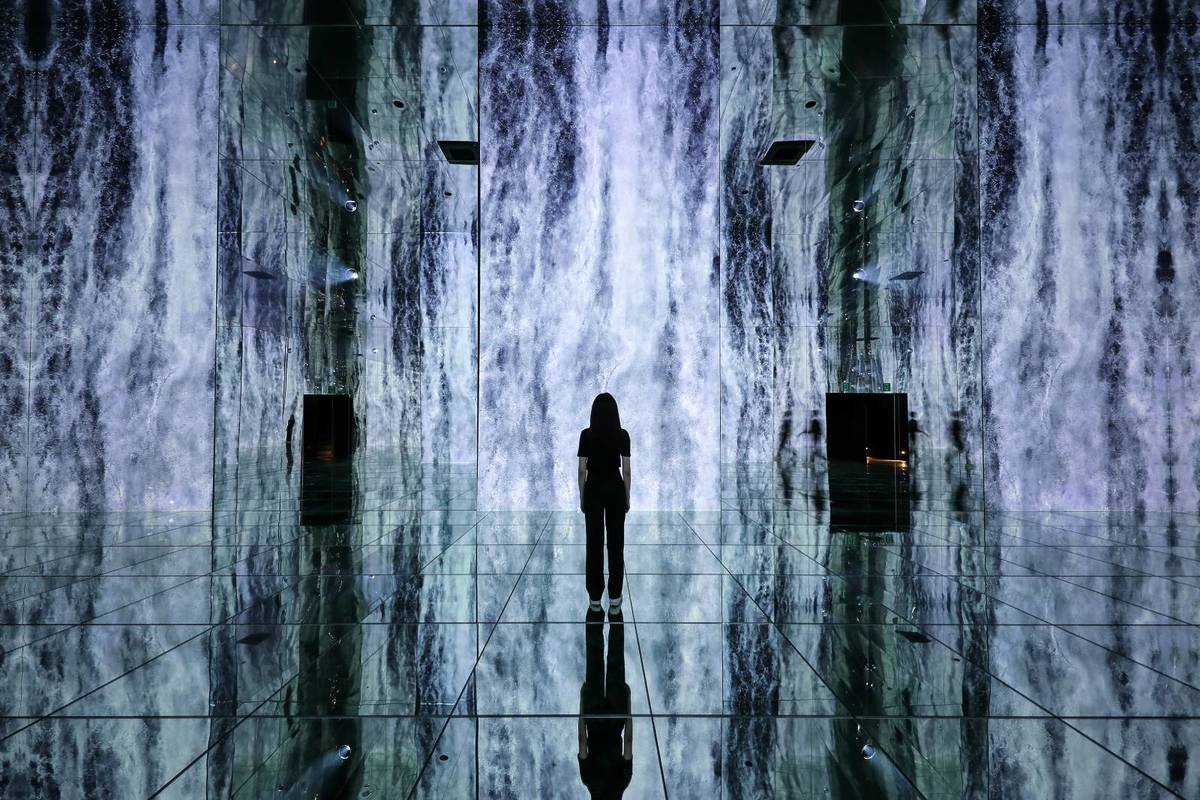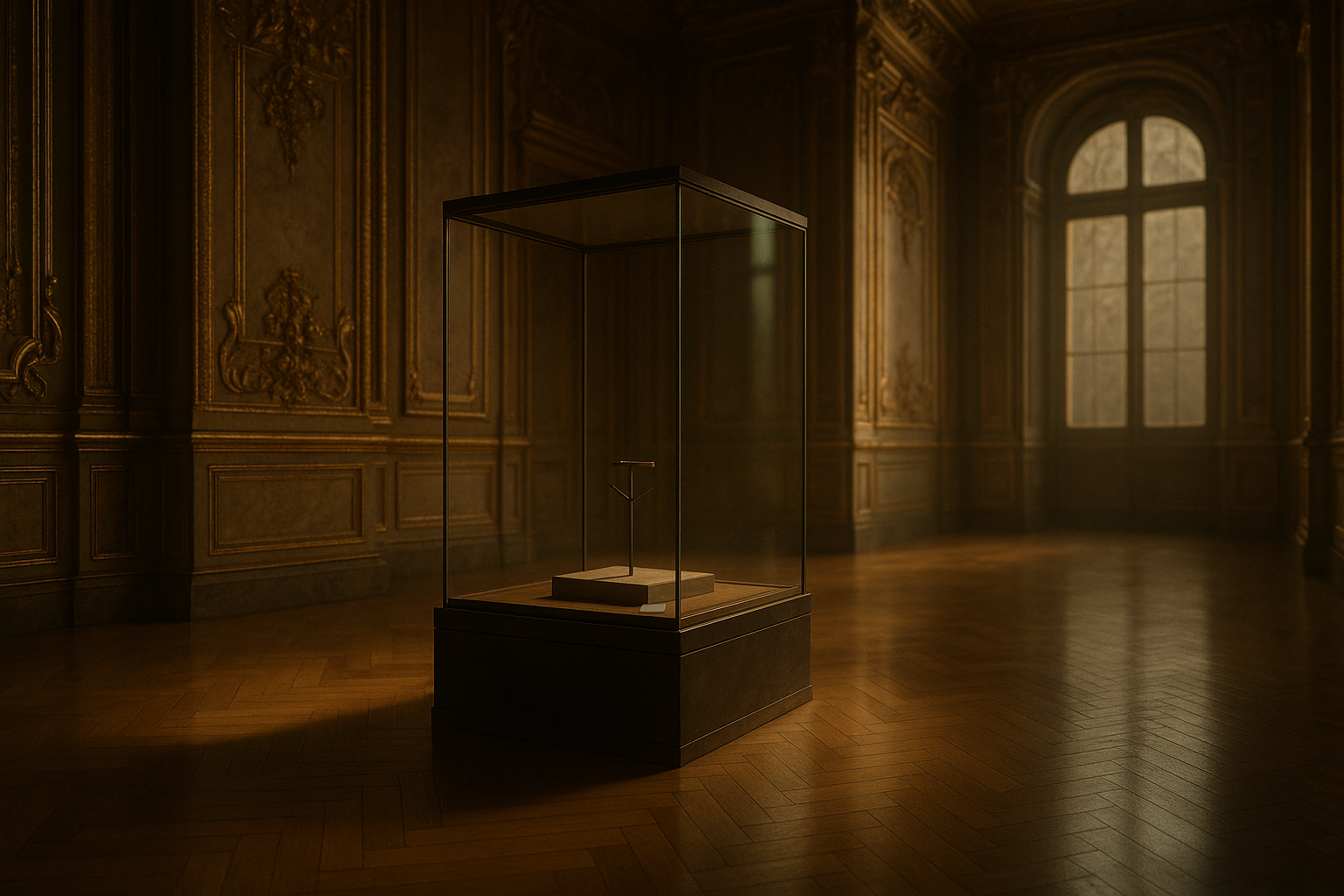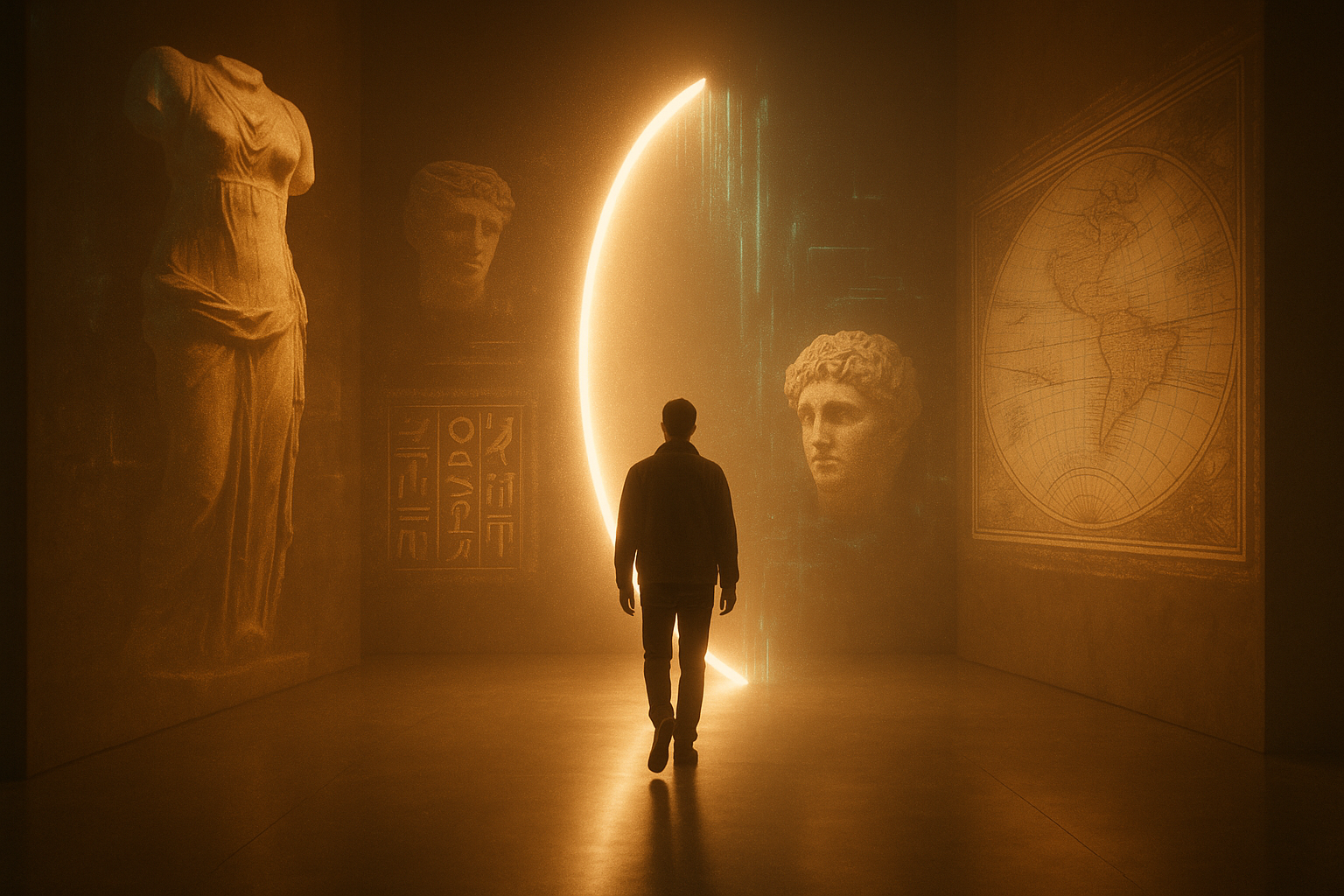What if history wasn’t just something you looked at… but something you felt?
When we think about history, most of us imagine books, museums, or school trips where the past is carefully laid out behind glass. We read dates. We see objects. We understand what happened.
But do we feel it?
In immersive exhibitions, a quiet revolution is happening. The focus is no longer only on displaying facts. Instead, the goal is to design emotional experiences, moments that make you feel what it was like to stand in someone else’s shoes, in another time.
This doesn’t mean rewriting history, or turning it into spectacle. It means giving visitors the chance to connect more deeply, in ways that science now proves are more powerful and more memorable.
Why emotion matters in memory
Think about the moments in your own life you remember best. They probably aren’t the days where everything was ordinary. They’re the days you felt something: joy, fear, wonder, grief.
Science explains this. Our brains are wired to hold onto experiences that carry an emotional charge. Emotions act like glue, making memories “stickier.” Neuroscience research shows that when you combine emotions with learning, people not only remember information longer, they also care more about it (Harvard Medical School).
This is why exhibitions around the world are moving beyond “look, but don’t touch” and into multisensory design. Because when you don’t just see history, but hear it, smell it, touch it, and feel it, you carry it with you.
The senses: history’s secret storytellers
We’ve all had that moment: you smell something, fresh bread, woodsmoke, lavender and suddenly you’re somewhere else. Maybe your grandmother’s kitchen. Maybe a childhood holiday. Maybe a forgotten memory you didn’t know was still there.
That’s the power of the senses.
Our brains don’t just store facts, they store experiences. And the more senses we use in a moment, the stronger the memory. Scientists call these “memory traces” and the more pathways a memory takes, the deeper it settles in our minds (Scientific American).
That’s why immersive design matters. Instead of simply reading about the 1800s, imagine this:
- You walk down a recreated street.
- You hear the clatter of horse hooves and vendors shouting.
- You smell roasted chestnuts in the air.
- You feel the uneven cobblestones under your shoes.
It’s no longer just information, it’s a moment you’ve lived.
XR and storytelling: when technology meets empathy
We often think of Virtual Reality (VR) or Augmented Reality (AR) as futuristic toys. But in cultural storytelling, they’re becoming empathy machines.
With VR, you might sit inside a cultural ceremony, hearing music and seeing gestures up close. With AR, your choices in an interactive story could shift the outcome of a historical event.
These aren’t just “games.” They’re ways of experiencing history in first person. And research shows it works. A Nature study found that immersive storytelling helps people grasp and remember traditions, rituals, and histories that can’t be preserved in museums, what UNESCO calls “intangible heritage.”
When history moves us emotionally, we don’t just learn it. We feel responsible for it.
The overlooked power of scent
If vision is the king of our senses, then scent is the hidden queen.
Unlike sight or sound, which pass through many layers in the brain, smells take a direct route to the areas linked with emotion and memory. That’s why a single whiff can unlock decades-old memories (Verywell Health).
Exhibition designers are starting to use this power. Imagine:
- Tobacco and leather in a recreated 18th-century tavern.
- Lavender in a 19th-century apothecary.
- Smoke and gunpowder in a battlefield reconstruction.
In a 2025 study, visitors who explored a virtual garden while smelling real plants reported feeling three times more immersed than those without scent.
Scent isn’t just an accessory. It’s an emotional anchor. It doesn’t just complete the story, it deepens it.
Why designing for emotion changes everything
Facts and dates are important. But they fade. What stays is how something made us feel.
A plaque about a soldier may tell you his name and regiment. But when you walk through his recreated world, hear his voice, and feel the tension in the air, you don’t just know him. You remember him.
Designing for emotion is not about distorting history. It’s about making it human. It turns history from something we look at into something we belong to. And when people leave an exhibition with a feeling rather than a fact, they carry that story into their lives.
In a noisy, distracted world, emotion is what cuts through.
The future of cultural storytelling
At Original Narratives, this is the heart of our philosophy. History shouldn’t be frozen in a display case, it should be experienced as something alive, multisensory, and deeply human.
When exhibitions engage the senses, awaken empathy, and invite reflection, they do more than educate. They make history matter.
Because ultimately, what we hold onto isn’t the fact we read. It’s the story we felt.
What about you?
What’s the last historical experience that truly moved you?
Was it something you read, or something you felt?
Share it with us in the comments or follow Original Narratives for more insights into the future of immersive storytelling.



